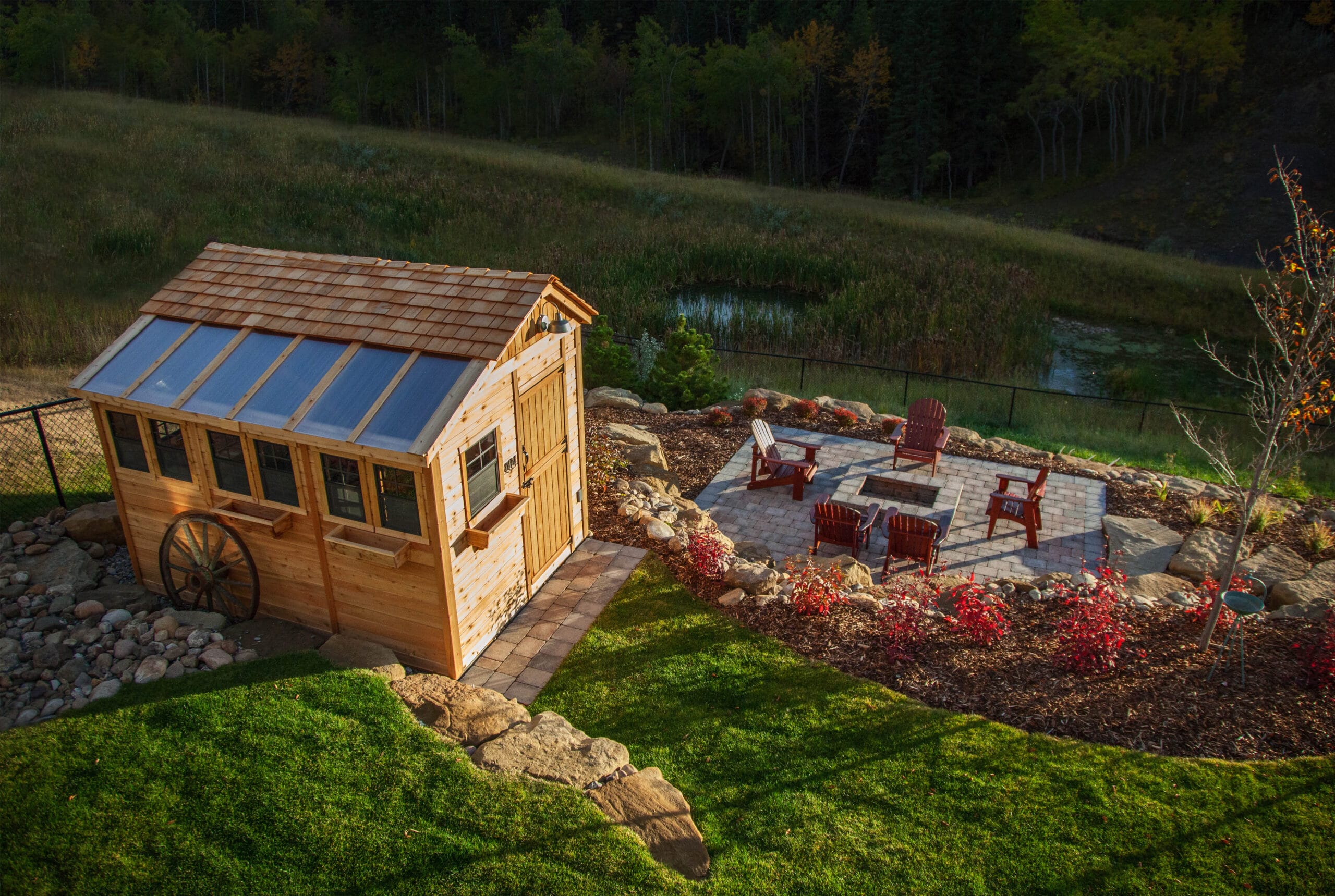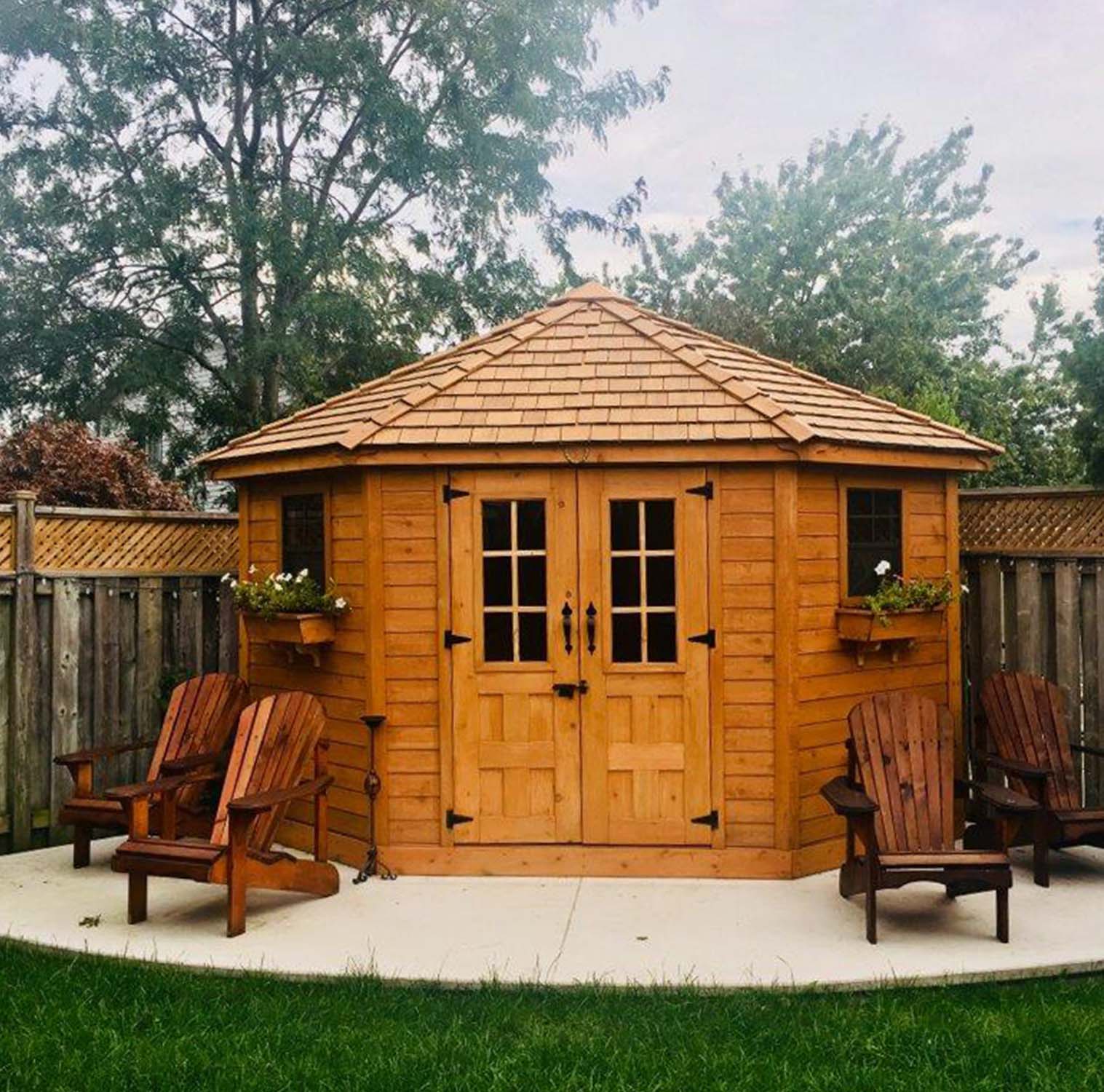Lawn Care Tips for a Healthier, Greener Backyard

A lush, healthy lawn doesn’t need to rely on harsh chemicals. With eco-friendly lawn care practices gaining popularity, homeowners across North America are learning how to grow green lawns using sustainable methods that benefit both their yards and the environment. Here’s how you can care for your lawn organically year-round, from mowing and watering to aerating and fertilizing.
 Why Eco-Friendly Lawn Care Matters
Why Eco-Friendly Lawn Care Matters
Historically, lawn care has involved heavy use of chemical pesticides and fertilizers. But overuse led to environmental harm and eventual legislation. Today, more homeowners are turning to organic lawn care practices—reducing chemical use while improving soil health, biodiversity, and water retention.
With the right care, your lawn can naturally resist pests and weeds without synthetic treatments. Start by embracing best practices that prioritize soil health, proper mowing, and sustainable watering methods.
 Watering Wisely
Watering Wisely
Summer Watering Tips: In hotter months, water deeply but infrequently to encourage strong root systems. Overwatering leads to shallow roots and rotting.
New Lawns: Newly seeded lawns need consistent moisture. Consider a sprinkler system or soaker hose to maintain even hydration.
Invest in Irrigation: Drip irrigation or programmable systems help reduce water waste and ensure consistent coverage.
 Aerate for Healthy Soil
Aerate for Healthy Soil

When to Aerate: Aerate your lawn during the growing season (spring through fall) when soil is moist—either after a rain or a good watering.
Why Aeration Helps: Loosening compacted soil allows roots to breathe and water/nutrients to penetrate deeper. It also prevents thatch buildup and promotes microbial activity.
 Organic Fertilizing and Feeding
Organic Fertilizing and Feeding
Use Natural Fertilizers: Apply compost, worm castings, or organic fertilizer blends based on your soil’s needs.
Leave the Clippings: Grasscycling—leaving clippings on the lawn—returns nitrogen to the soil naturally.
Know Your Seasons:
Spring & Summer: Use nitrogen-rich fertilizers to promote growth.
Fall: Apply a lower-nitrogen blend to strengthen roots.
Pro Tip: Water within 2–3 days of fertilizing if it doesn’t rain to help nutrients absorb properly.
 Mowing Best Practices
Mowing Best Practices
Mow by Season:
Spring: Expect rapid growth; mow more frequently.
Summer: Once a week is often ideal.
Fall: Bi-weekly mowing may suffice.
Winter: Avoid mowing in cold climates—let the grass rest.
Keep It Sharp: Dull mower blades tear grass, leading to browning.
Compost the Clippings: Turn them into rich organic matter for your garden or reuse directly on the lawn.
 Weed Control Without Chemicals
Weed Control Without Chemicals

pH Matters: Test your soil—acidic soil can encourage weed growth.
Preventive Measures: A healthy, thick lawn shades out weed seeds naturally.
Manual Weeding: Pull weeds by hand or use a weed popper tool.
Organic Herbicides: Use vinegar-based solutions or corn gluten meal as a natural pre-emergent.
 Seasonal Lawn Care Schedule
Seasonal Lawn Care Schedule
Spring: Aerate, fertilize, begin mowing. Watch for new weed growth.
Summer: Water early morning or evening; adjust mowing frequency. Spot treat any weed issues.
Autumn: Fertilize with root-boosting blends, rake leaves, and mow lower in final weeks.
Winter: Rest your lawn. Avoid walking on frozen turf to prevent damage.
 Build a Sustainable Lawn
Build a Sustainable Lawn
Lawn care doesn’t need to rely on chemicals. By focusing on soil health, watering smartly, and sticking to an eco-conscious lawn care routine, you’ll cultivate a resilient lawn that looks good—and does good for the environment. Whether you’re a beginner or a lawn care enthusiast, going organic is better for you, your pets, and your planet.




